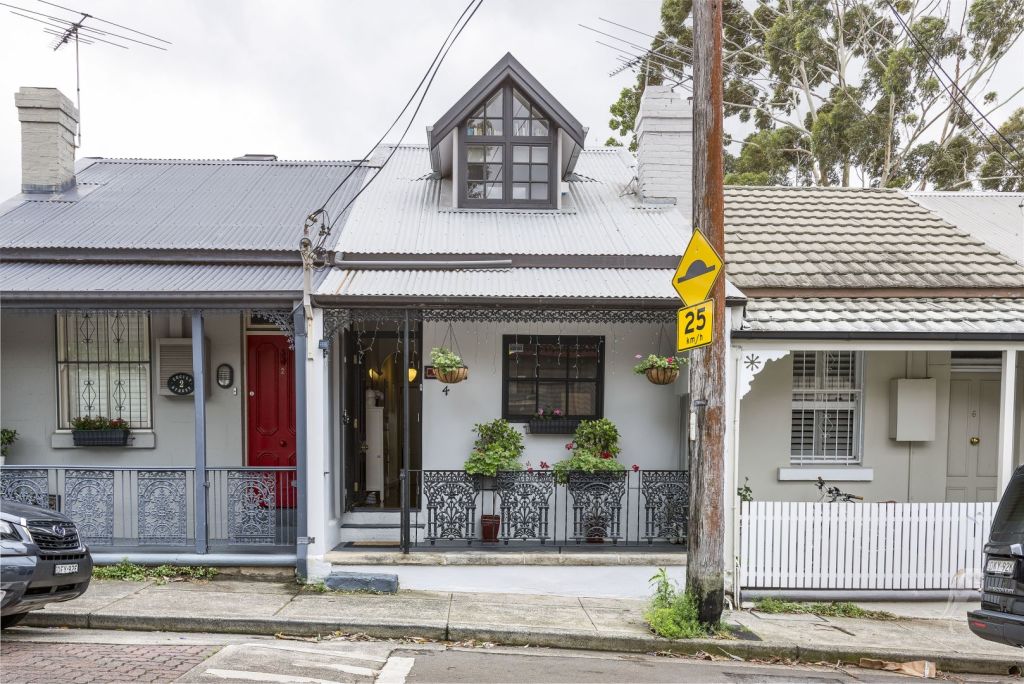Five essential checks you should do before buying a home that everyone forgets

For most of us, it’s the biggest purchase we’ll every make, yet many home buyers don’t complete the necessary due diligence before signing a contract.
Research conducted by Australian bank ME last year revealed 26 per cent of 1000 property owners surveyed discovered issues with their property post-purchase, with 23 per cent experiencing a degree of buyer’s remorse.
If you want to avoid that sinking feeling, add these oft-forgotten tasks to your home-buying checklist.
1. Visit the house at different times
The ME survey found 58 per cent of property owners spent less than 60 minutes checking out the property they went on to purchase and 36 per cent said they missed picking up issues with a property because “they fell in love with the property and overlooked them”.
It’s important to spend as much time at the property as you can and don’t be shy about requesting a viewing outside the advertised opens.
In her newly released book SOLD!, buyer’s advocate Nicole Jacobs lists inspecting the property outside normal open times as one of six must-dos.
“People often fall in love with a home and don’t think of all the practicalities,” she told Domain. “They can be swept away with emotion.”
Jacobs advises buyers to go back for a private viewing, sit on the lounge and contemplate if the space feels right.
“Don’t be afraid to move the furniture, open up the blinds and turn off the lights,” she says.
Buyer’s Domain principal Nick Viner agrees.
“Agents pick the sunniest time on a Saturday morning to show the home so go back later on in the day and on different days of the week,” he says.
“You’ll also want to check out the traffic. It may be fine on the weekend but it may be a rat run through the week.”
Viner also recommends a check on flight paths to find out what kind of noise you’ll be in for overhead.
2. Talk to the neighbours
We’ve all heard stories about “the neighbours from hell”, so it makes sense to see who’s living next door before you outlay hundreds of thousands of dollars on a home. Not only does this give you the opportunity to size up your future neighbours, these people have front-row views to the house that may become your biggest asset.
“Neighbours are gold,” says Jacobs. “Knock on their door and see how they like living in the area, ask if they rent or own, and see if they know why the vendors are selling.”
Viner also makes a habit of touching base with other agents in the area on behalf of his clients, especially if they were invited to do a listing presentation for the vendor.
“Those conversations can be very revealing,” he says. “They may have information on the neighbours, or knowledge about price expectations or any problems with the property.”
3. Talk to the local council
REIA president Adrian Kelly says making an appointment to chat with the town planner at the local council can save a great deal of hair-pulling down the track.
“It’s always good to find out what’s happening nearby,” he says. Your neighbours may be planning major renovations or your street may be earmarked for a zoning change.
Jacobs suggests using online tools to pinpoint what’s planned for the area. She uses landchecker.com.au to check the zone, approvals and rejections for Melbourne properties and there are similar tools available in other states, such as the NSW government’s planningportal.nsw.gov.au.
“It’s really critical,” says Jacobs. “You don’t want to buy a beautiful home and then find out they’re building a block of apartments next door.”
Viner gives the example of properties within spitting distance of Westconnex, a 33-kilometre motorway connecting Sydney’s M4 and M5.
“If you look on the map you can see that there are provisions for tunnels to go straight under properties,” he says. “This is where local knowledge of the area is imperative, and if you don’t have it then you should speak with someone who has.”
Kelly also advises buyers to confirm that boundary fences are actually on the boundaries and to check properties for any unapproved works.
“The owners might have a deck that has been added, or a shed or workshop built in the backyard without approval or they might have added an extra bedroom or an en suite,” he says. “You need to know what you’re getting into because council can ask you to demolish unapproved structures.”
4. Investigate commute times
It’s not uncommon for people to move house specifically to be closer to their place of work, but don’t just rely on Google Maps or Trip Planner to crunch the commute time.
Consider doing an actual commute from the property you’re interested in, says Jacobs.
“Arrive in the morning at the time you might leave and then commute to work from there and see how that feels,” she says.
Jacobs also recommends a thorough walk around the neighbourhood to figure out how long it takes to get to schools, shops and cafes.
5. Check mobile and broadband coverage
Most of us would be lost without reliable access to our mobiles, computers and other devices yet there are still plenty of neighbourhoods across the country where access is limited, patchy or slow.
Viner says with more and more people working from home, poor coverage could potentially be a deal-breaker.
You’ll need to find out if NBN has been implemented in the street and if not, you’ll need to investigate other internet connectivity options such as via cable, ADSL and mobile broadband.
It’s also a good idea to test your mobile reception in different parts of the property as coverage can vary considerably between providers or you may find yourself in a mobile blackspot with no coverage at all.
We recommend
We thought you might like
States
Capital Cities
Capital Cities - Rentals
Popular Areas
Allhomes
More







